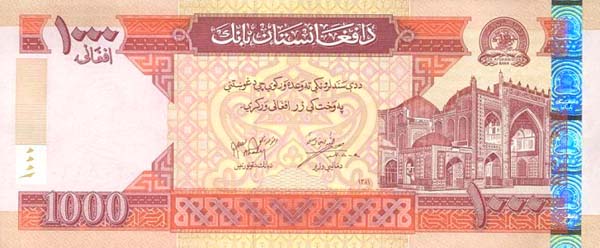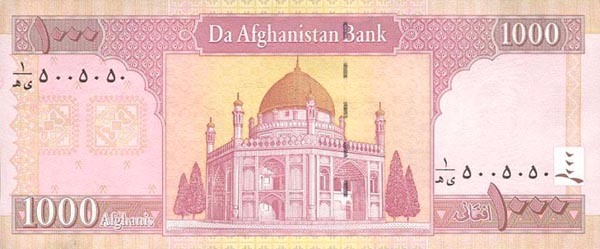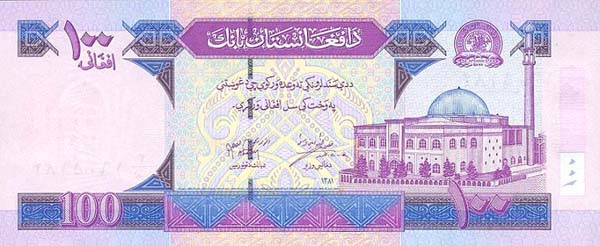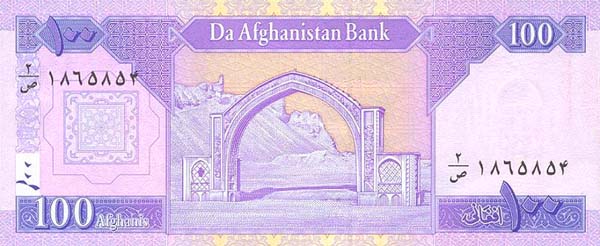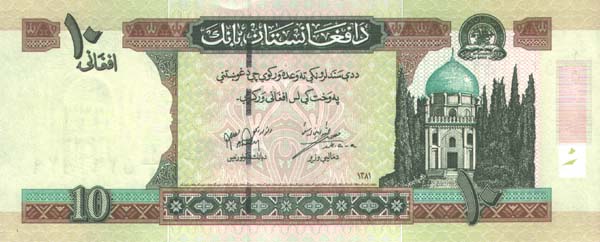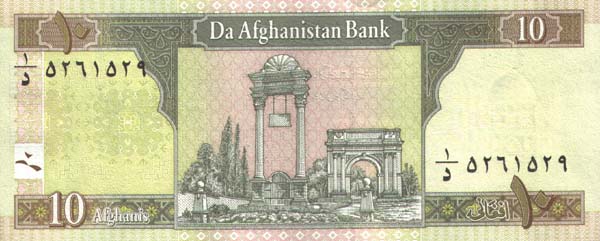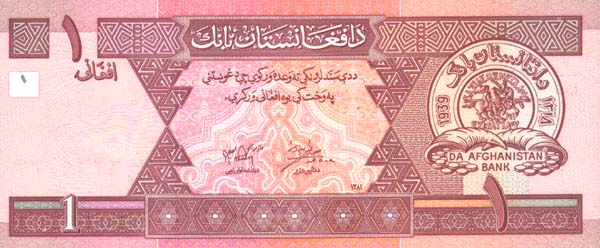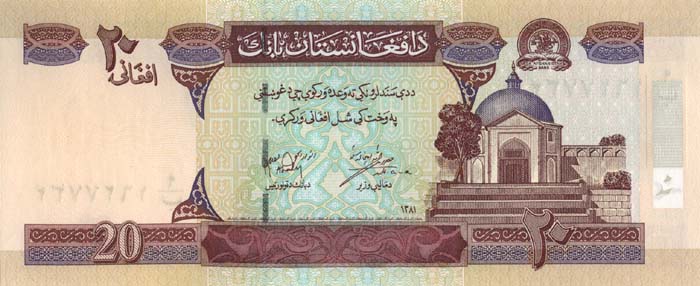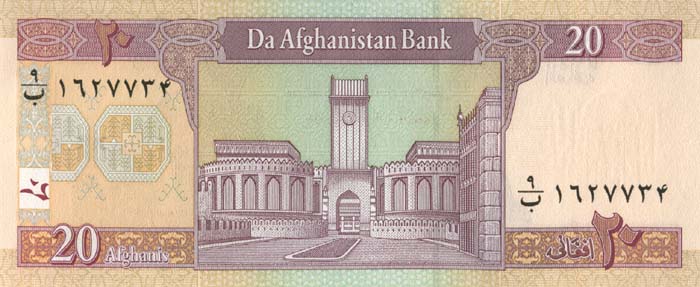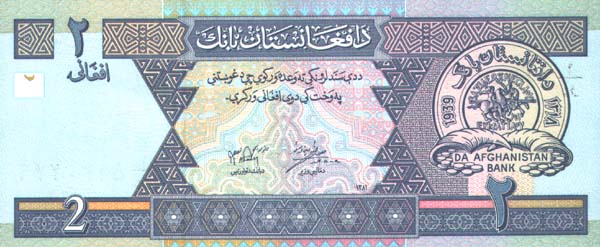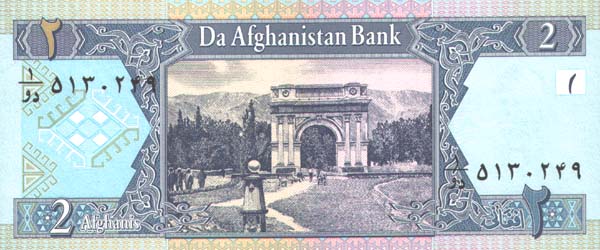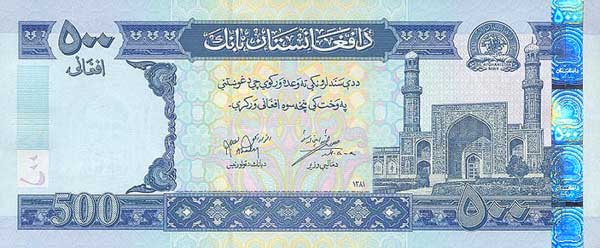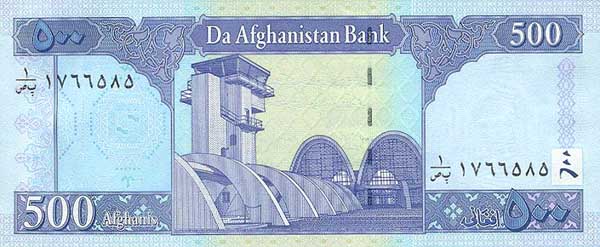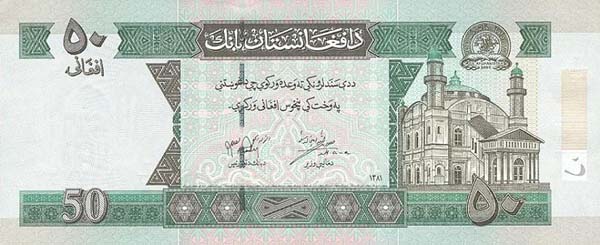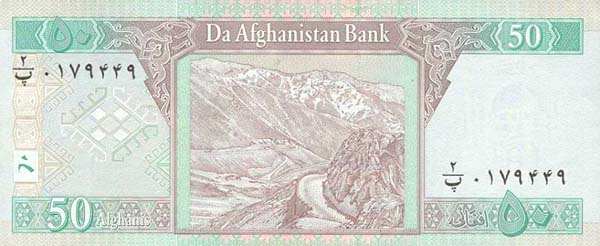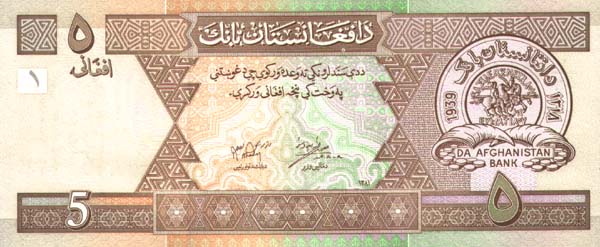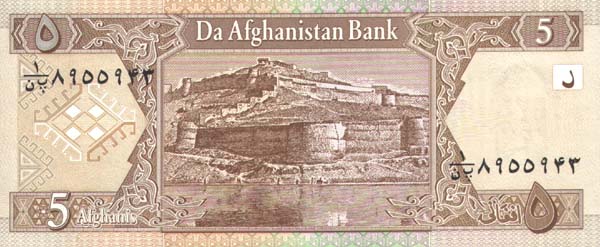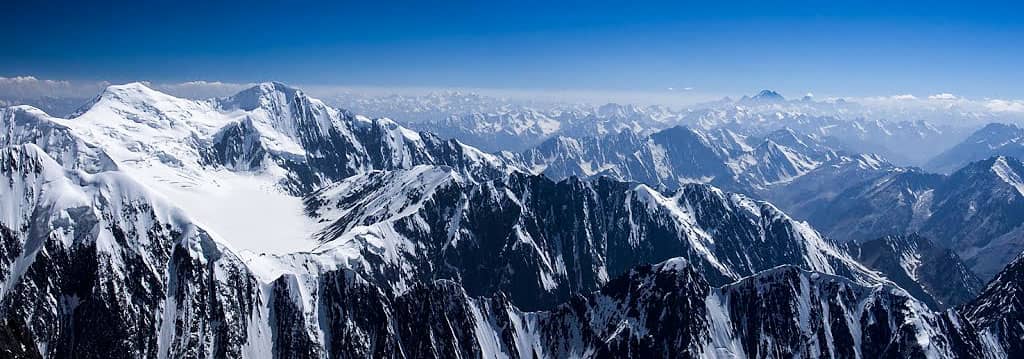Discovering Afghanistan: An Insight into a Unique Nation
Afghanistan, officially known as the Islamic Emirate of Afghanistan since the Taliban gained control, is a remarkable country situated in South-Central Asia. With its strategic geopolitical location, it unites the regions of the Middle East, Central Asia, and the Indian subcontinent. This landlocked nation, encompassing a surface area of approximately 652,000 km², exceeds the size of the Iberian Peninsula yet remains slightly smaller than the state of Texas in the United States.
Geographic and Demographic Overview of Afghanistan
Bordering five countries, including Iran, Pakistan, Tajikistan, Turkmenistan, and Uzbekistan, Afghanistan also shares a narrow border with China via the Wakhan Corridor. Presently, its population stands at around 42.6 million as of 2024. The capital city, Kabul, represents the cultural and political heart of the nation.
In terms of language, the predominant ones are Dari (Afghan Persian), spoken by about 50% of the population, and Pashto, which accounts for roughly 35%. Notably, an overwhelming majority of the Afghan population practice Islam, with Sunni Muslims constituting about 84.7–89.7% and Shia Muslims making up the remaining 10–15%. Additionally, Afghanistan's majestic landscape boasts the highest peak, Mount Noshaq, which reaches an impressive elevation of 7,485 meters within the Hindu Kush mountain range.
A Historical Perspective on Afghanistan’s Turbulent Past
The Struggles of War and Change
Turning to Afghanistan's history, one must acknowledge its recent narrative filled with conflict and instability. After the Soviet Union invaded Afghanistan in 1979, the resistance mounted through the mujahidin forces, who received support from various international allies, including the US, Saudi Arabia, and Pakistan. This prolonged struggle against major external powers led to the eventual withdrawal of Soviet troops a decade later. Consequently, the nation plunged into further chaos as different mujahidin factions vied for dominance, creating a scenario rife with warlordism that eventually catalyzed the rise of the Taliban.
The Rise of the Taliban
As a formidable political entity, the Taliban emerged with support from various foreign sponsors, ultimately seizing control over much of Afghanistan. Initially, they captured significant portions of the country, leaving only the Northern Alliance strongholds protected in the northeast region. However, following the devastating terrorist attacks on September 11, 2001, international military intervention led to the Taliban's downfall.
In December 2001, key figures from Afghan opposition groups convened in Bonn, Germany. They collaboratively charted a pathway to establish a new governmental structure, culminating in the appointment of Hamid Karzai as the Chairman of the Afghan Interim Authority (AIA). This marked a pivotal moment in Afghanistan's history, as it sought to rebuild and redefine its governance after years of conflict.
The Path to a New Governance Structure
By June 2002, the AIA organized a nationwide Loya Jirga, which stands as a significant Afghan tradition of community assembly. During this gathering, Karzai gained election as the President through a secret ballot vote, steering Afghanistan towards a new governance framework. The Transitional Authority operated under an 18-month mandate aimed at introducing a constitution and a further 24-month mandate to ensure nationwide elections.
As December 2002 approached, it not only celebrated the year since the Taliban's fall but also reflected on ongoing issues that plagued the nation. Despite progress, Afghanistan struggled under the weight of political instability, military operations targeting remnant terrorist factions, extreme poverty, and the remnants of a crumbling infrastructure. Furthermore, the presence of landmines throughout the country posed a constant threat to the safety and well-being of its citizens.
Current Vibrancy Amidst Challenges
As we explore more about Afghanistan today, significant challenges remain intertwined with its cultural resilience. The Islamic Republic formed in 2004 stands as a testament to the Afghan people's enduring spirit despite decades of adversity. Nevertheless, the ongoing struggle against poverty and underdevelopment continues to overshadow the nation.
A Glance at the People and Cultures of Afghanistan
Demographically, Afghanistan is a mosaic of diverse ethnic groups, including Pashtuns, Tajiks, Hazaras, Uzbeks, Turkmen, Aimaqs, Baluchi, Nuristani, and Kizilbash. Each group contributes to the rich tapestry of Afghan culture and traditions, enhancing its social dynamics and community practices.
Notably, the literacy rate in Afghanistan remains a significant challenge—estimated at only 37.3% in 2021—where disparities exist between males (52.1%) and females (22.6%). Under Taliban authority, girls face severe limitations in accessing education, further compounding the struggles for equality within this society.
Economic Landscape of Afghanistan
Economically, Afghanistan is blessed with a plethora of natural resources, such as natural gas, oil, coal, copper, and precious stones. On the agricultural front, opium remains a considerable export, alongside wheat, corn, fruits, nuts, and cotton. The small-scale industries, producing textiles, furniture, and handwoven carpets, reflect the nation’s artisanal skills. Remarkably, Afghanistan has branded itself internationally through unique exports like handwoven carpets and precious gemstones, with India, Pakistan, and Tajikistan being significant trade partners.
The Capacity for Growth and the Way Forward
Despite facing continual hardships, there exists an undeniable potential for growth and recovery in Afghanistan. By leveraging its unique cultural heritage, rich resources, and industrious population, it strives to carve out a stable future. The partnership with neighboring countries presents further opportunities for economic development and regional cooperation. Ultimately, the journey forward for Afghanistan, marked by resilience and renewed hope, remains a captivating tale deserving of global attention.
Largest cities of: Afghanistan
| City Name | Population | Year of foundation | |
| Kabul | 4,890,000 | circa 600 B | |
| Herat | 4,360,000 | 500 B | |
| Kandahar | 3,210,000 | circa 330 B | |
| Mazar-i-Sharif | 500,000 | 118 B | |
| Jalalabad | 300,000 | 1540 | |
| Baghlan | 180,000 | 1500 B | |
| Puli Khumri | 120,000 | 1000 | |
| Ghazni | 100,000 | 540 B |
Afghanistan: Money
